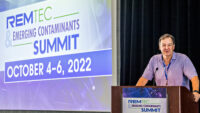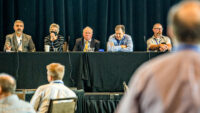Recapping the first day of RemTEC and Emerging Contaminants Summit
Slideshow: Take a look at the highlights from the first day of the three-day event in Westminster, Colorado. Photos by Jon Phillips
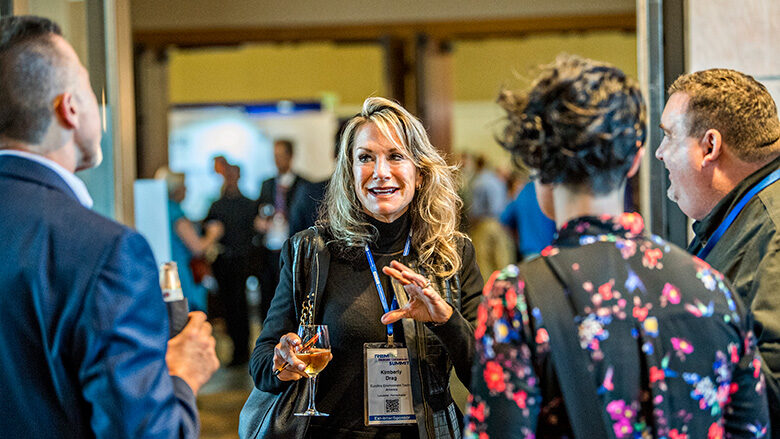
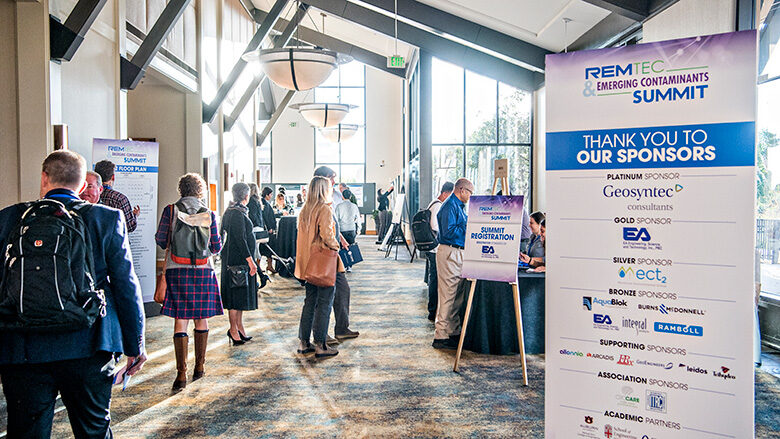
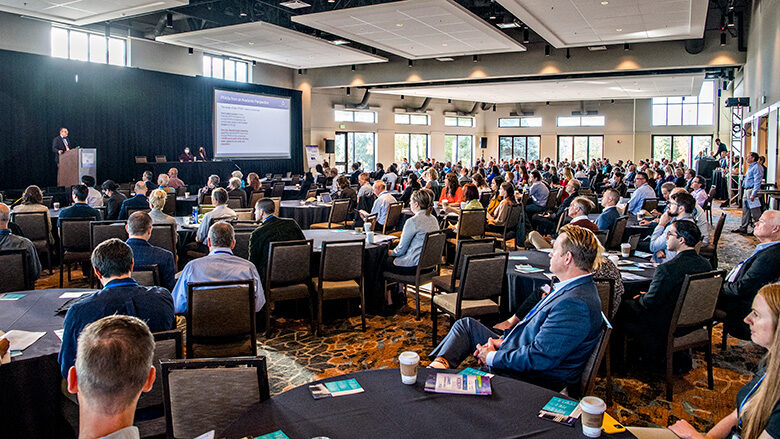
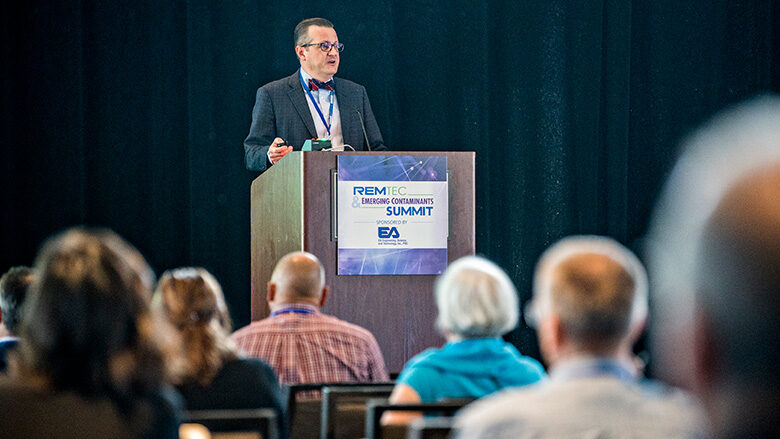
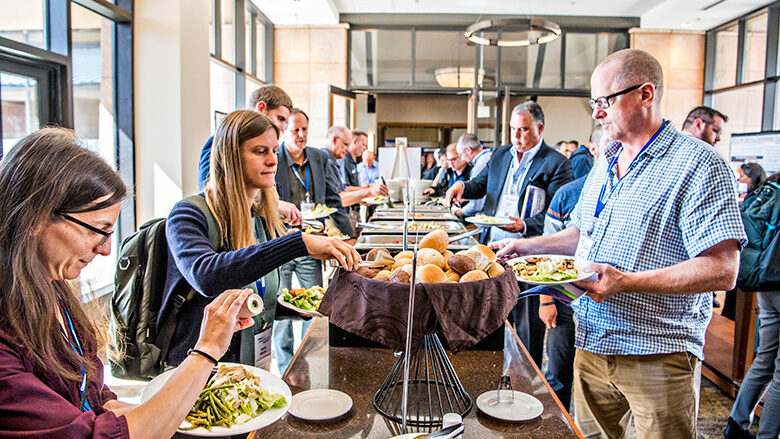
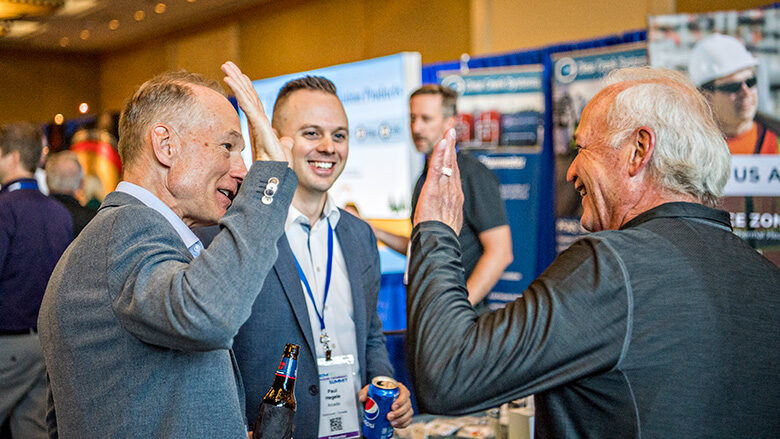
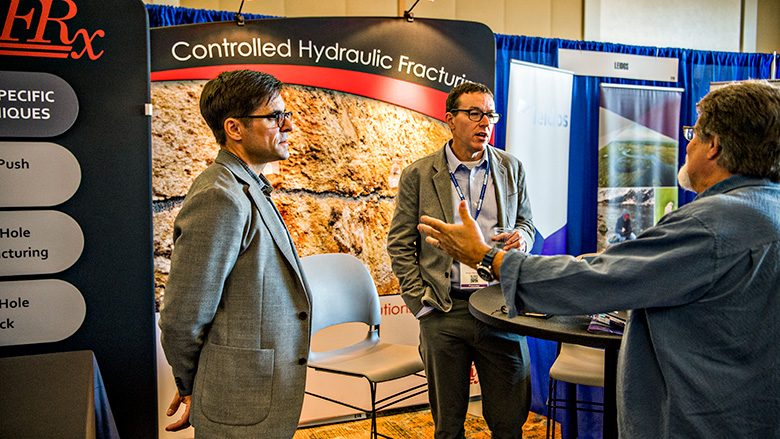
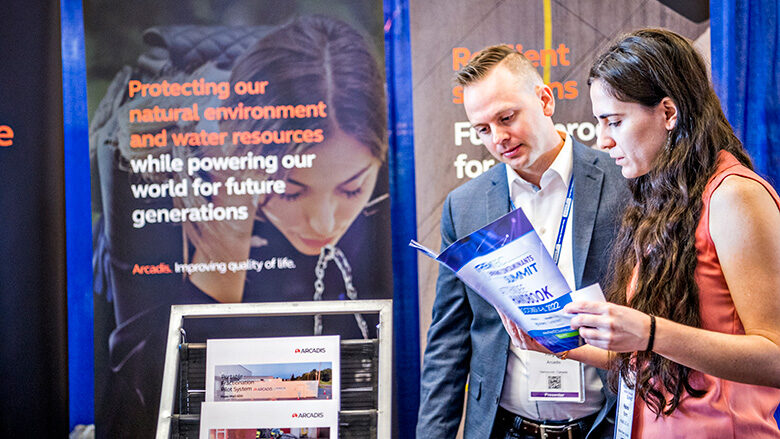
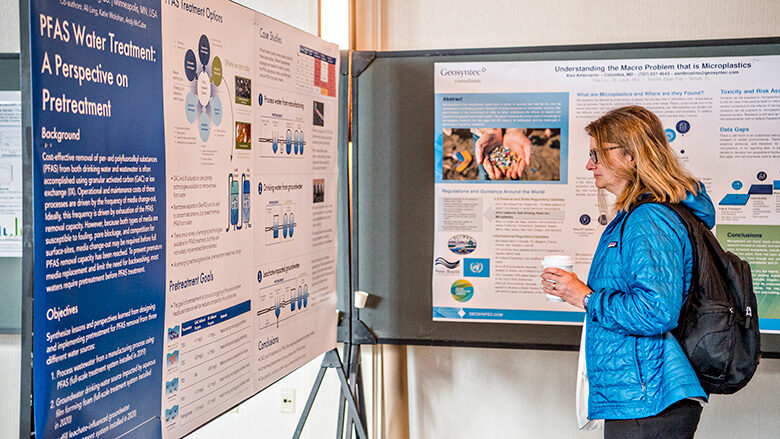
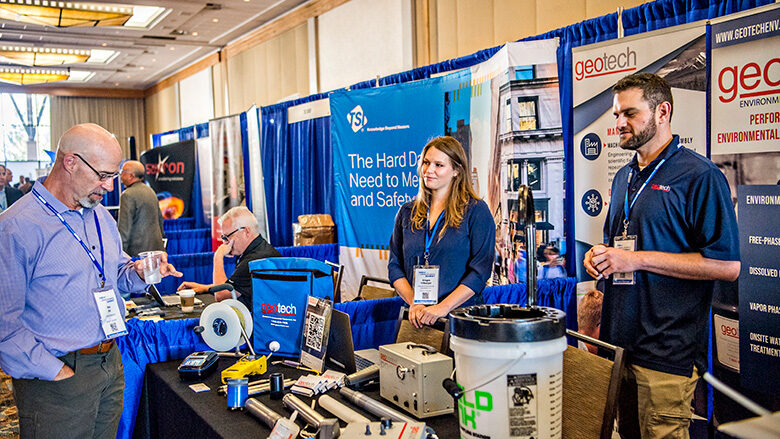
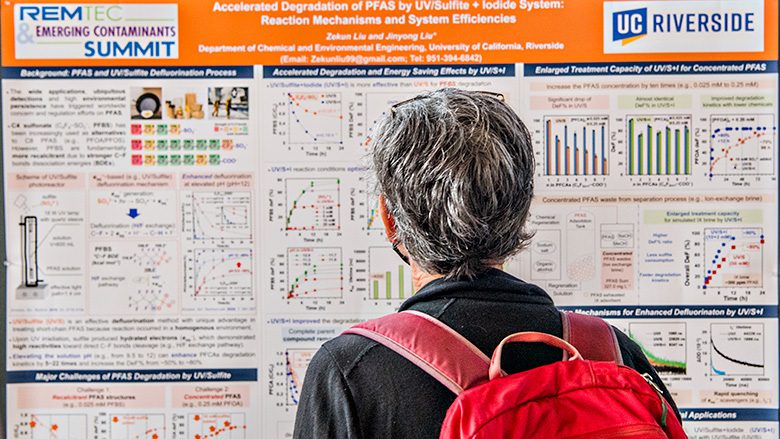
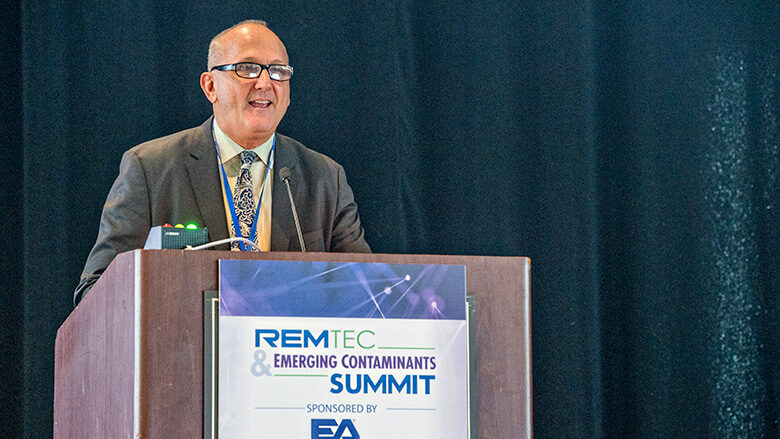
Following a keynote by conference chairs Rula Deeb, Geosyntec Consultants, and Chris Higgins, Colorado School of Mines, as well as a student flash poster session, all three tracks of the RemTEC & Emerging Contaminants Summit began. Here’s a recap of what environmental remediation specialists spoke about at each track.
Track 1: PFAS Treatment Advance
Track Chairs: Dr. Timothy Strathmann, Colorado School of Mines and John LaChance, TerraTherm, Inc., a Cascade Company
Due to the strong carbon-fluorine bonds, per and polyfluoroalkyl substances (PFAS) are highly resistant to biological and chemical degradation, particularly perfluoroalkyl acids (PFAAs). Since options for treatment are limited due to the recalcitrance of PFAAs, ex situ treatment with granular activated carbon (GAC) is common with thermal treatment processes used for destruction. As a result, management of PFAS sites is often very costly, and some of the PFAAs may break through GAC canisters more quickly than PFOA and PFOS, raising some concerns. Research efforts for treatment technologies have included treatment for in situ groundwater, ex situ groundwater, investigation-derived waste, and wastewater. Current research efforts aim to understand the degradation processes better and develop new remediation technologies to treat PFAS. The science and technologies surrounding the environmental characterization and remediation of PFAS are constantly developing. This session includes an evaluation of thermal treatment for impacted soil and the conditions for safe incineration from waste streams, a case study of a passive in situ remediation method for PFAS in water, and a demonstration of foam fractionation for removal of PFAS from source zones.
Learning Objectives
- Identify thermal decomposition processes.
- Identify site conditions where passive in situ remedies may be viable for the treatment of mobile, persistent compounds (e.g., PFAS, 1,4-dioxane) in groundwater and surface water.
- Describe foam fractionation and how it harnesses the power of bubbles to remove PFAS.
- Discuss some considerations for scaling up the process to treat large volumes of PFAS-laden soil piles.
- Registered Continuing Education Program AIA Continuing Education Provider IACET Accredited Provider PDH Continuing Education Provider
Track 2: Groundwater Remediation Using Abiotic and Biotic Processes: The Latest Results from the Lab to the Field
Track Chair: Dr. Mark Widdowson, Virginia Tech
Chemical oxidation remediation involves the application of a chemical oxidant, commonly permanganate, persulfate, or hydrogen peroxide, to degrade a wide range of contaminants. Chemical reduction remedial approaches use reducing compounds such as zero-valent metals like iron or zinc, iron minerals, or other reductants such as polysulfides and may include the application of nanoparticles. Although generally considered as separate treatment methods, chemical reduction and oxidation can be used as complementary remedies for contaminants. This session will look at some of the biological and abiotic transformation processes that are occurring, including in low permeability matrices, and present a case study of the application of ISCO, S-ISCO, and enhanced reductive dechlorination technologies in rapid succession.
Learning Objectives
- Discuss the importance of abiotic reactivity in natural systems for degradation.
- Identify naturally occurring minerals that promote degradation in low permeability environments.
- Identify key factors when applying chemical reduction and oxidation as complementary remedies.
- Explore how and why surfactants might be used as part of in situ chemical oxidation remedies.
- Registered Continuing Education Program AIA Continuing Education Provider IACET Accredited Provider PDH Continuing Education Provider
Track #3 Managing Emerging Contaminants in Drinking Water, Wastewater and Surface Water
Track Chair: Dr. Michael Wong, Rice University
Managing emerging contaminants (ECs) is a complex task as the framework to define, characterize, detect and regulate these compounds is not fixed. This session looks at the identification of new and emerging ECs with a review of current approaches and strategies to develop regulatory frameworks. This session includes presentations on some of the interactions between various ECs in the environment, tools to aid in the detection of ECs such as microplastics, as well as possible ways to remediate ECs or reduce the release of these compounds into the environment.
Learning Objectives
- Identify three challenges in regulating contaminants of emerging concern.
- Discuss some of the commonalities and uniqueness among frameworks for evaluating CEC.
- Describe Bioretention cells and how they work.
- Explain some of the key limitations to monitoring microplastics.
- Registered Continuing Education Program AIA Continuing Education Provider IACET Accredited Provider PDH Continuing Education Provider


